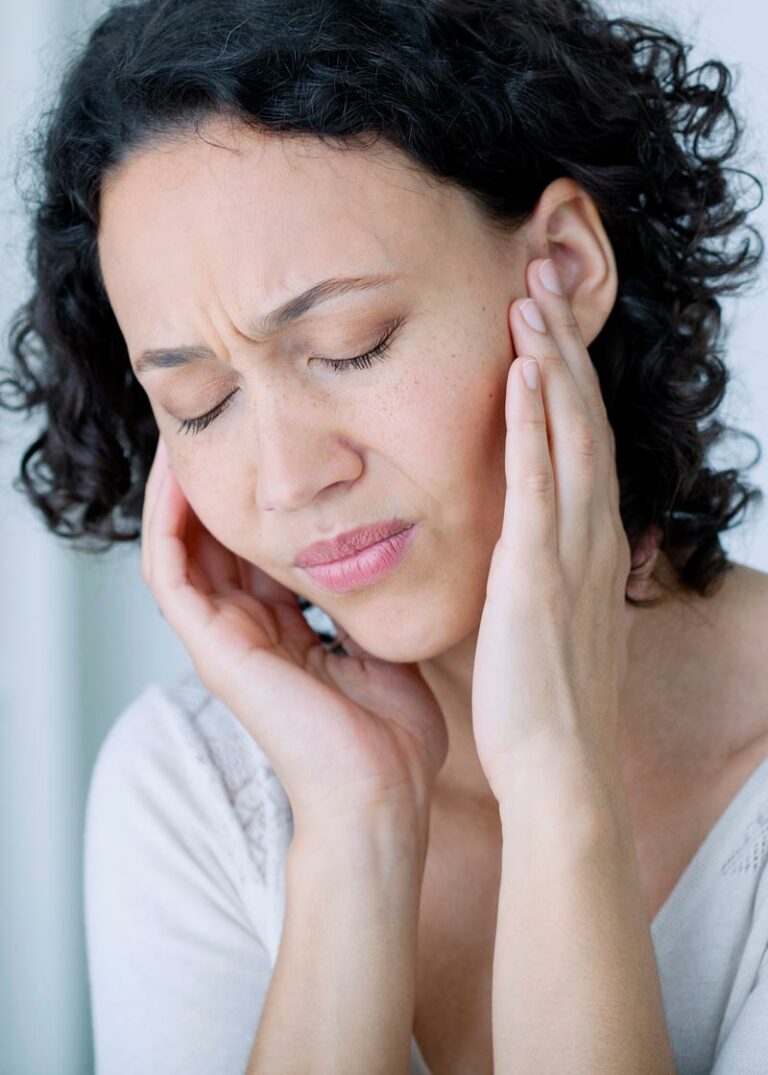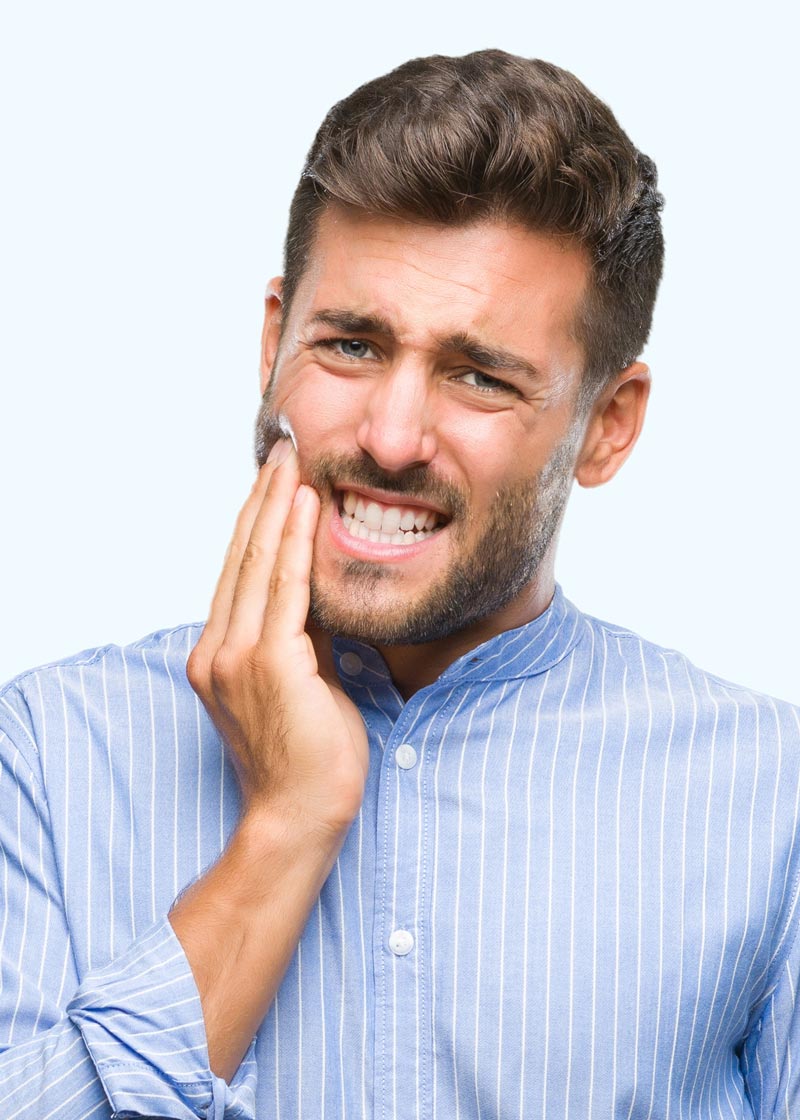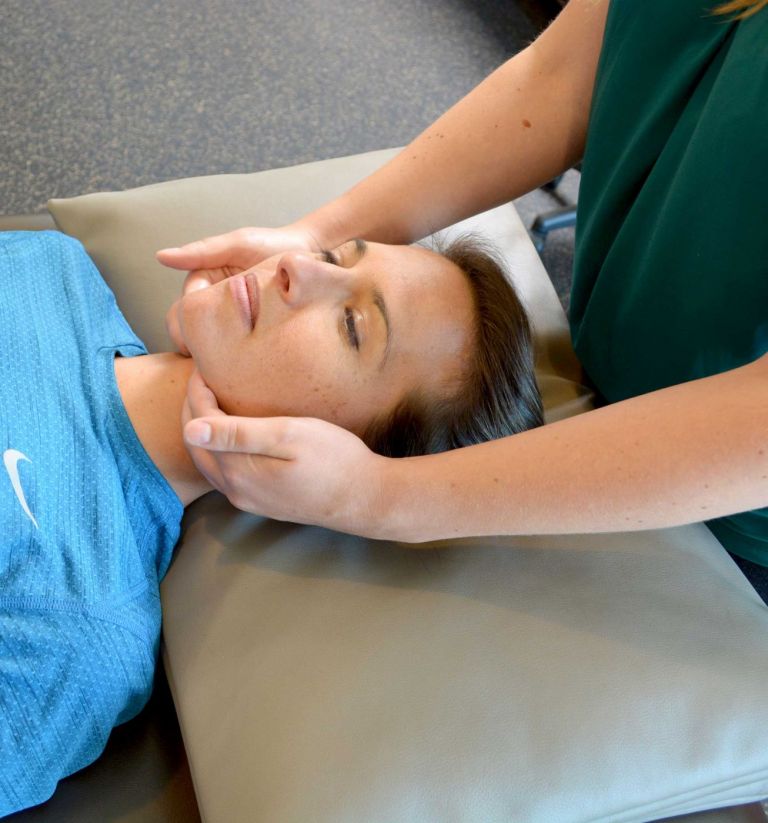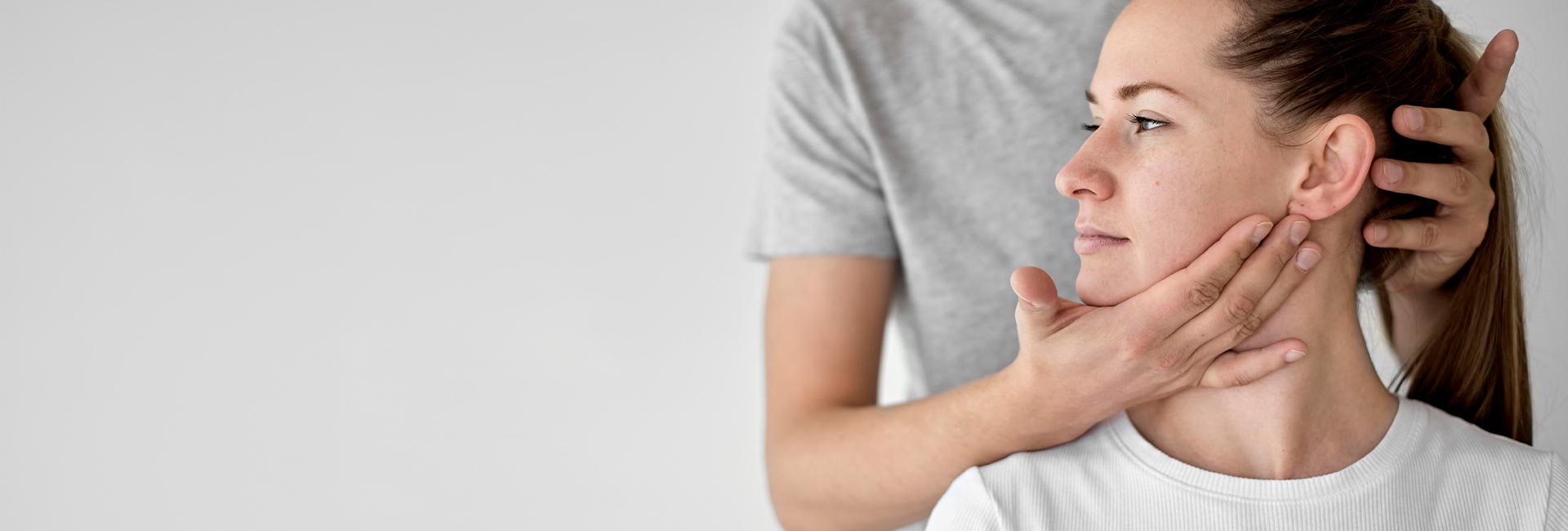Exploring Temporomandibular Disorders (TMD/TMJ) and the Potential Weird Presentations: Ears, Teeth and Head
Temporomandibular Disorders (TMD aka issues with the jaw/TMJ) can be a tricky beast. Many people do not know what the symptoms are nor where to go to treat them. Sometimes TMD can be jaw pain, clicking, popping, locking, it can also go beyond the jaw, encompassing a range of symptoms including the ears, teeth, and head.
TMD and ear symptoms
TMD can influence the ears, causing pain, stuffiness, ringing, and even itching. The temporomandibular joint (TMJ), and then muscles that move it, are right next to the ear canal. This means that muscle tension, joint inflammation, and changes in joint movement, can influence the ear.
Compression of the canal and the structures inside can cause all of these symptoms. Additionally, changes in the jaw can influence chewing and swallowing, which are the main mechanisms for clearing the ear canal. If the canal is not being cleared it can lead to repeated ear infections, wax build up, and hearing changes.

TMD and tooth pain
TMD can lead to tooth pain ranging from the feeling of a small cavity to a sharp electric shock. This can be felt in one or many teeth and the jawbone. Often this is due to irritation of the small nerves in the jaw and face. These are the same nerves dentists numb if you need a procedure.
The nerves can be irritated by muscle tension, teeth grinding (also known as bruxism), teeth not hitting properly during chewing, clenching, and joint inflammation. In severe cases, people can have trigeminal Neuralgia, which is inflammation of the main nerve for the face. It has three branches (hence TRI-geminal) and one or all of them can be affected.

TMD and headaches
The relationship between TMD and headaches is intricate, with muscle tension, joint inflammation, and nerve irritation contributing to headache symptoms. Headaches are often multifaceted and the TMJ can be one component with varying degrees of influence.
Identifying the location of pain and associated jaw symptoms is crucial for diagnosis and treatment. Headaches that are more commonly associated with TMD are located across the forehead, into the temples and behind the eyes. However, any head/neck tension can have a connection to the jaw.

Diagnosis and treatment of TMD for ear, teeth, and headache symptoms
Understanding the link between TMD and these symptoms is crucial for accurate diagnosis and effective management. Unfortunately, and maybe surprisingly, this link is not always known by primary care physicians, ENTs or dentists.
Therapeutic Associates is lucky to have expert TMD practitioners who also work with other TMD specialists in the community. Together they help patients get diagnosed and treated for TMD that may have been a previously thought to be chronic ear infections, failed root canals, or incurable headaches.
Once an assessment has been completed, typically the first step is to release the muscle tension with hands-on techniques to both the face and inside the mouth.
Then it is important to retrain the muscles to be in more relaxed positions and to work in a more coordinated manner.
TMD treatment can also include orofacial myofunctional therapy (OMT) exercises, breathing techniques, and lifestyle changes such as stress reduction and posture awareness. Collaboration with other healthcare professionals such as chiropractic, acupuncture, massage, pain management, orthodontist, etc may also be needed.

So, if you find yourself with problems of your ears, teeth, or headaches that are not responding as they should to typical treatment, seek out one of our TMD experts. By addressing the underlying causes and getting specialized treatment, you can find relief and improve their overall general well-being. Don’t let TMD control your life; take control by understanding and managing its multifaceted impact.

Don't let TMD control you.
Understanding the link between TMD and ear, teeth and headache symptoms is crucial for accurate diagnosis and effective management. Unfortunately, and maybe surprisingly, this link is not always known by primary care physicians, ENTs or dentists. Visit one of our TMD experts today!

